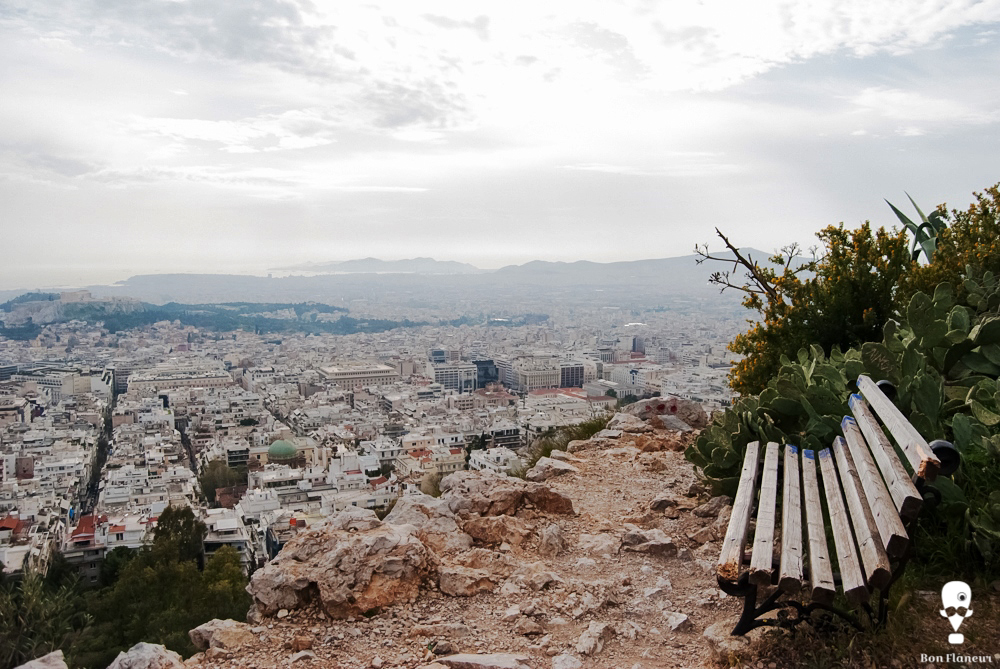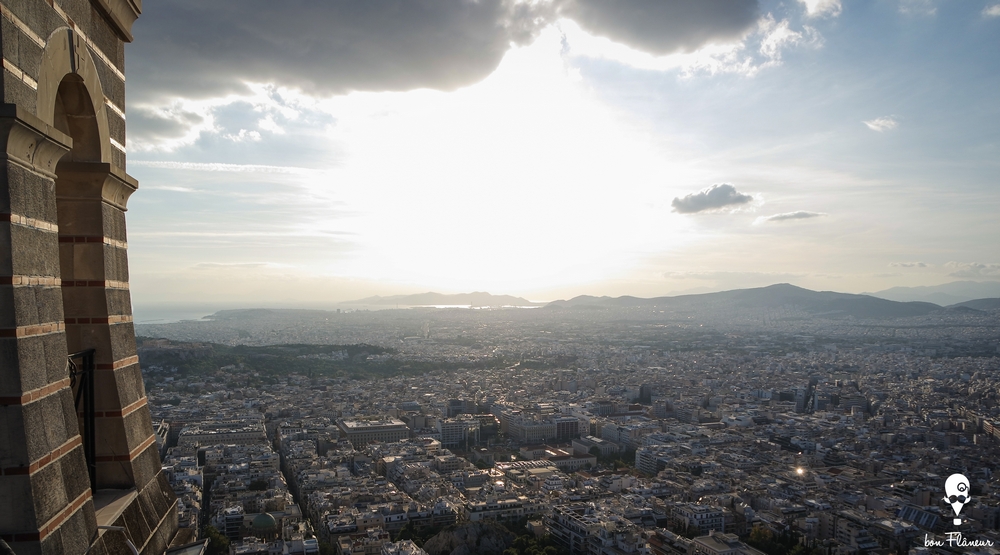Lycabettus hill
Lycabettus hill is 277 metres high, offering a unique view of the largest part of the city.
Location
Timeline
Modern and Contemporary era (1821 - )
1832 Until then it was called "Anchesmos".
1880 Until 1915 the hill is planted with trees.
1881 Quarry works started at the till then naked hill.
1885 While Lycabettus was strictly guarded, because of reforestation works, the British ambassador Arthur Nicolson demanded to be allowed entry during a walk with his wife. The police officer Loukas Kalpouzos did not allow them, and according to the ambassador's allegations, Kalpouzos attacked him. The ambassador reported the event to the British government and submitted an official complaint to the Greek government. Kalpouzos was imprisoned for two months without investigation or trial and was dismissed from the unit in a humiliating ceremony for Greece. The Greek flag was lowered in Syntagma Square with the parallel playing of the British national anthem. The handling of this situation by the Trikoupis government provoked the anger of both the opposition and a large part of the society, as was also reflected in the elections that followed.
1936 Construction of the "Shelter of Lycabettus" for the keeping of records and important personalities in case of emergency.





























Share